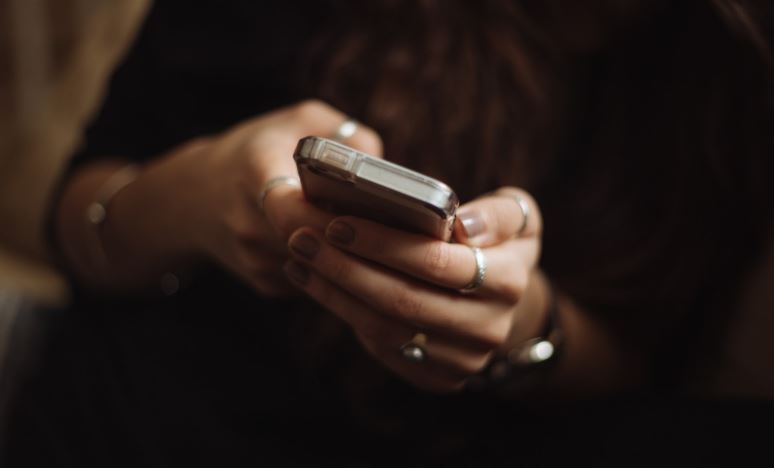Do you believe every news story you come across on social media? With fabricated videos and accounts floating around social platforms, it can be extremely easy for misinformation to spread.
A study conducted by Oxford’s Reuters Institute reports that an estimated 88% of misinformation related to the coronavirus is found on social media. In contrast, only 8% is found on news platforms.
Now that the world is going through a major crisis with the ongoing pandemic and police brutality against black people, consumers need credible platforms for news and entertainment. But publishers can no longer depend on social media to build up an audience around trustworthy content. Not when public opinion can be distorted so effortlessly across social platforms.
To gain a better understanding into how skeptical consumers already are of social media, read on to examine eight times social channels betrayed public trust.
1. When Facebook marked trustworthy COVID-19 information as spam
As a media company, you’re probably familiar with the many algorithm changes social media uses to decide what content gets prioritized and what gets hidden. No one, however, was prepared for Facebook to label important information on the coronavirus as spam and prevent consumers from seeing it.
Although the issue was allegedly caused by a bug, the damage was already done — social media users who depend on Facebook for news weren’t immediately informed of critical updates.
2. When fake COVID-19 cures were spread
It seems silly to even think that garlic, vitamins, sesame oil or drinking a lot of water would be able to wipe out a deadly virus. But after these were falsely touted as miracle cures for COVID-19 by fake World Health Organization and national health ministry accounts on Twitter, misinformation spread rapidly.
The public has now directly witnessed that even the most senseless suggestions can seem believable on social media.
3. When conspiracy theories over George Floyd’s death were allowed
Millions saw the video of George Floyd being murdered by a policeman on credible news sites. And yet, conspiracy theorists continue to leverage social media as their primary space to preach about why they believe George Floyd never actually died.
Even YouTube has been used to spread fake videos skewing the cruel reality of George Floyd’s death.
4. When Twitter let police start rumors about protesters
Unlike news outlets, Twitter has an extremely limited ability to dig deeper into claims to see if they’re true or false. Which is why the social platform has become home to police officers who are manipulating the public’s image of the Black Lives Matter protests.
In one occurrence, an official police account posted about riot weapons found in a bus.
This bus was stopped yesterday at Broad St. & 3rd due for obstruction of traffic. There was a suspicion of supplying riot equipment to rioters.
Detectives followed up w/a vehicle search today & found: bats, rocks, meat cleavers, axes, clubs & other projectiles.
Charges pending. pic.twitter.com/1P8NR3sAUb
— Columbus Ohio Police (@ColumbusPolice) June 1, 2020
This “riot equipment” turned out to be harmless everyday tools used by street performers.
5. When Facebook failed to delete a viral conspiracy video
A video claiming that vaccines weaken immune systems and have made people vulnerable to the pandemic was only demoted by Facebook, not deleted. Now, some uploads of the video have gained a whopping eight million views, and are being used by anti-vaxxers as well as conspiracy theorists to spread their beliefs.
6. When fake, believable wildlife stories went viral
If you were on social media at all during the early stages of the pandemic, you probably read about how wildlife was thriving due to the lockdowns.
Venice hasn’t seen clear canal water in a very long time. Dolphins showing up too. Nature just hit the reset button on us pic.twitter.com/RzqOq8ftCj
— Luca (@hyprluca) March 17, 2020
Well, that was fake news.
This is just one of many examples that are pushing consumers to realize they can be tricked by even the most heartwarming stories on social media.
7. When Facebook had the Cambridge Analytica scandal
Back in 2018, the public found out that Facebook leaked private user information to a company that used it to send out targeted political ads. Facebook users have been skeptical of the tech giant ever since.
8. When derogatory and untrue information skewed public opinion
We all know that it’s highly offensive to call COVID-19 the “Chinese virus,” which facilitates harmful stereotypes and perceptions towards Asian people. Unfortunately, this derogatory phrase has become commonplace on Twitter. Even Donald Trump’s tweet that reinforces this prejudice has yet to be removed by the social media giant.
The United States will be powerfully supporting those industries, like Airlines and others, that are particularly affected by the Chinese Virus. We will be stronger than ever before!
— Donald J. Trump (@realDonaldTrump) March 16, 2020
Little by little, social media platforms are chipping away at the public’s trust. Any news content posted on these channels now faces skepticism and uncertainty from consumers simply by association. So how can you maintain your reputation as a trustworthy brand in an untrustworthy space?
To establish close connections with consumers as a resource that people can trust, media companies must start enhancing the power of their digital properties — outside the realm of social media. After all, the last thing anyone wants is for their content to get lost in the sea of misinformation.

